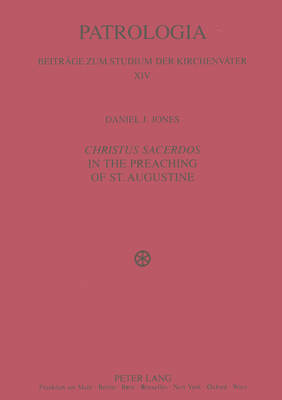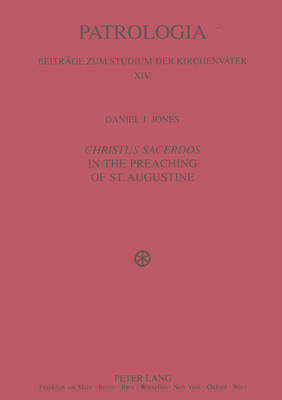
- Afhalen na 1 uur in een winkel met voorraad
- Gratis thuislevering in België vanaf € 30
- Ruim aanbod met 7 miljoen producten
- Afhalen na 1 uur in een winkel met voorraad
- Gratis thuislevering in België vanaf € 30
- Ruim aanbod met 7 miljoen producten
Zoeken
€ 243,45
+ 486 punten
Omschrijving
This study examines how St. Augustine uses the motif Christus Sacerdos to synthesize the entire mystery of Christ, to define Christian identity, and to oppose counter-identities and doctrines, especially those symbolized by pagan priesthoods. The bishop of Hippo continually joins these three elements - Christology, Christian identity, and polemic - so that the doctrine of Christ is always related to its implications for life on the ground. Augustine shows how the doctrine of Christ entails an identity and an ideal for Christians, defining who they are and what they are to become. He reinforces his teaching about Christ and the Christian with polemic against opposing doctrines, demonstrating the truth of the Christian religion in opposition to pagan cult, and portraying Christian identity in contrast to pagan counter-identity. The study is notable for its attention to how Augustine's Christology functions in his broader thought, especially his pastoral care.
Specificaties
Betrokkenen
- Auteur(s):
- Uitgeverij:
Inhoud
- Aantal bladzijden:
- 494
- Taal:
- Engels
- Reeks:
- Reeksnummer:
- nr. 14
Eigenschappen
- Productcode (EAN):
- 9783631530153
- Verschijningsdatum:
- 26/07/2004
- Uitvoering:
- Paperback
- Formaat:
- Trade paperback (VS)
- Afmetingen:
- 148 mm x 210 mm
- Gewicht:
- 589 g

Alleen bij Standaard Boekhandel
+ 486 punten op je klantenkaart van Standaard Boekhandel
Beoordelingen
We publiceren alleen reviews die voldoen aan de voorwaarden voor reviews. Bekijk onze voorwaarden voor reviews.








